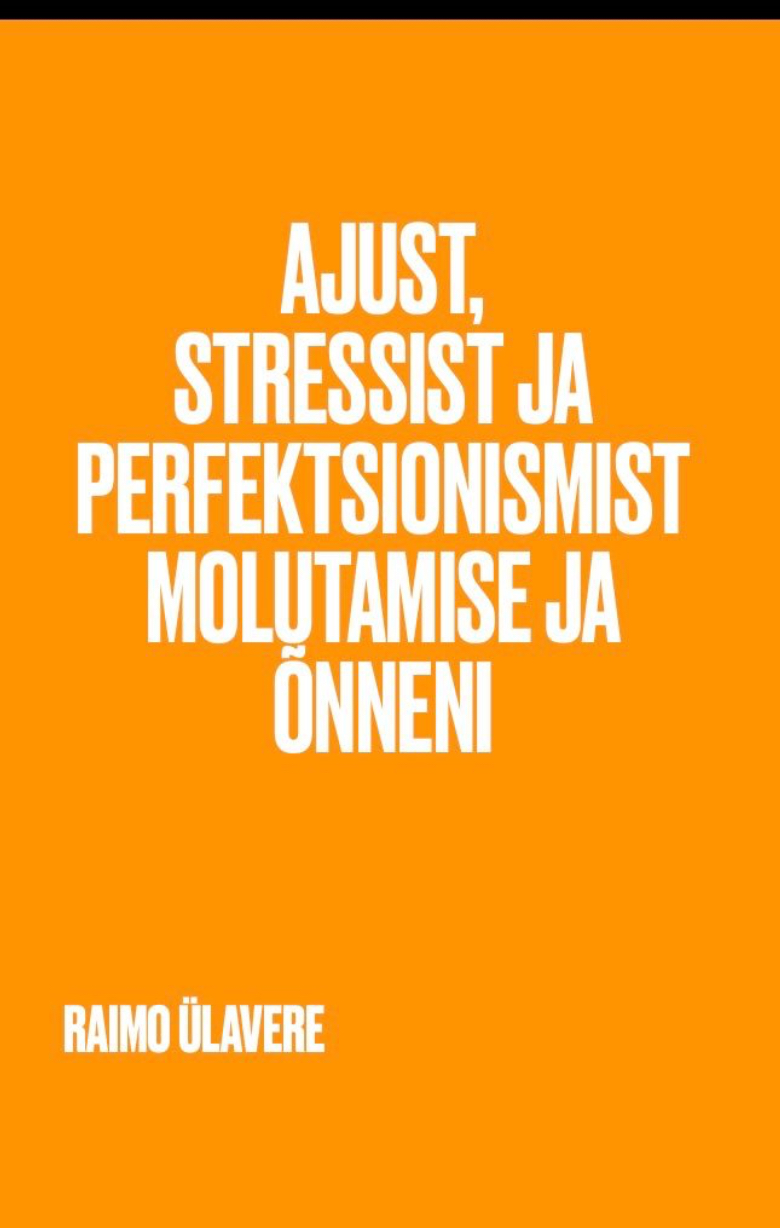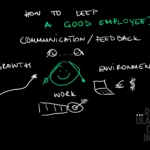Väärt nõuanne marketingiguru Seth Godini blogist: kaks võimalust, mida teha siis, kui vastus sinu müügipakkumisele on “ei”. Lühidalt kokkuvõetuna: kas teatada kliendile, kui suure vea nad tegid, et kellegi teise valisid. Või öelda, et nende valik tuginedes kliendi enda seatud kriteeriumitele tõepoolest hetkel parim.
Pikemalt ja Seth Godini enda inglise keelsete sõnadega:
Two ways to deal with “no”
You could contact the organization that turned you down and explain that they had made a terrible mistake, the wrong choice and a grave error. You could criticize the vendor they actually selected, bring You could even question the judgment of the prospect and try to teach them to make better decisions in the future. And, while you’re at it, challenge the fairness of the decision-making committee itself, and explain how a more fair process would have favored you at the same time it would have helped the organization that turned you down.
Or
You could be more gracious than if you’d won the work. You could send a thank you note for the time invested, you could sing the praises of the vendor chosen in your stead and you could congratulate the buyer, “based on the criteria you set out, it’s clear that you made exactly the right choice for your organization right now.” That doesn’t mean the criteria were right, it just means that you’re not attacking the person for being an impulsive lunatic. You could even outline what you learned from the process and what you’ll be changing in the future. And you can make it clear that you’re in it for more than just a sale, and you’ll be around if they ever need you.
Couple questions:
1. Which one will make you more likely to be invited back, or to be the backup if the first choice fails?
and
2. Which one will increase your word of mouth at the same time it improves your organization’s feeling about itself?
It’s a no-brainer, I think. So how come the first is so common?

